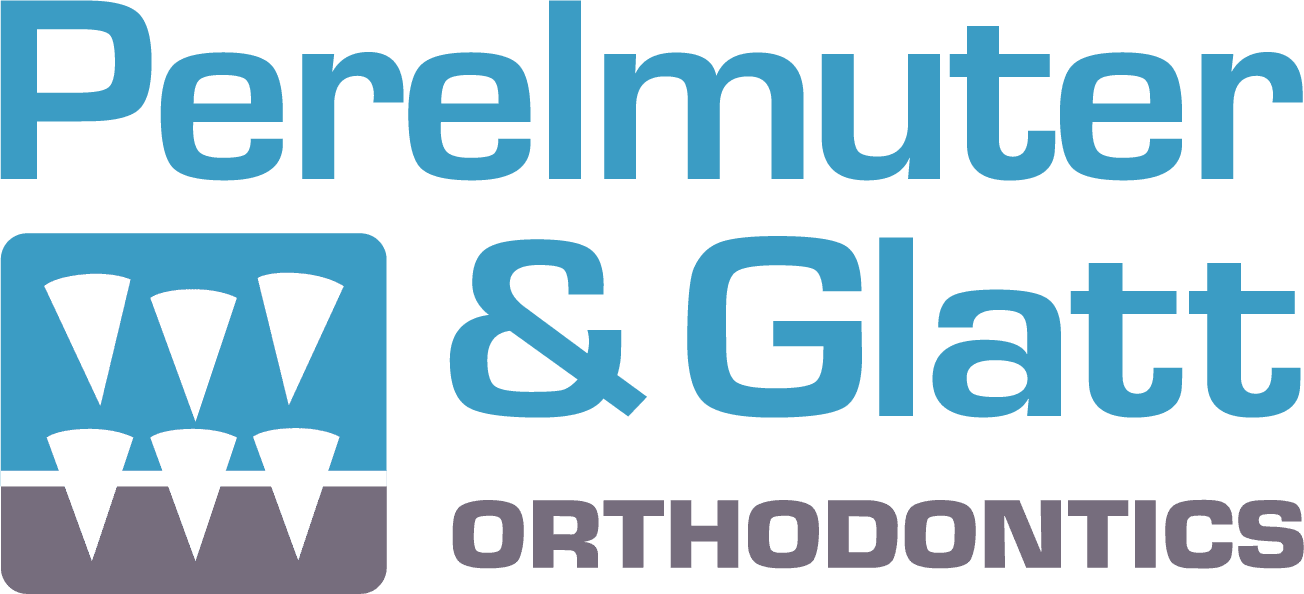Invisalign is a method of orthodontic which uses a series of clear, removable aligners that can be used as an alternative to traditional metal dental braces. Invisalign s give people the opportunity to commit to orthodontic improvement while maintaining a metal-less smile.
This method begins with a series of impressions or scans, x-rays, and photographs which are used to create a three dimensional model. The model is evaluated and then each tooth is individualized in the computer model and placed in their prescribed positions. Custom software is used to simulate the movements of the teeth and divide the movements into stages. After these stages are approved by the doctor, plastic aligners are manufactured for each stage of the process.
Usually small attachments for the plastic aligners are bonded to teeth that need to be rotated or moved more than other teeth. These attachments are tooth colored and are made of a glass like material. The process of placing attachments takes place at your orthodontist’s office and is debatably the most time intensive part of the Invisalign . The process is unique to the Invisalign technique, and is relatively simple.
Step One: The attachment template is rinsed in cold water and test fitted in the patient’s mouth.
Step Two: Each tooth is isolated from other parts of the mouth and prepared for attachment.
Step Three: The attachment material is dispensed into each well of the template.
Step Four: The template is applied to the teeth and gentle pressure is applied around each attachment.
Step Five: Each attachment is cured by a special UV light used to activate the composite material.
Step Six: The template is removed and the teeth are examined for any excess composite material.
The excess composite material, commonly known as flash, can be reduced by using a few extra steps between placing and curing the attachments. Dee Holloman, a long-time clinical assistant, at Perelmuter and Goldberg Orthodontics developed this technique which was published on Align Technology’s help page and in the journal, Orthotown.
Bonus Steps Between Four and Five:
– The template should be carefully removed and examined.
– Any excess composite should be removed from the perimeter of each attachment well.
– A micro-brush is used to smooth the remaining composite material in the attachment well.
– The patient’s teeth are re-inspected for any leftover composite.
– The attachment is placed back into the patient’s mouth with gentle pressure.
As you can see, the Invisalign procedure is relatively simple, but the pay off can be huge. If you have additional questions leave a comment or contact Perelmuter and Goldberg Orthodontics.
September 19th, 2012

